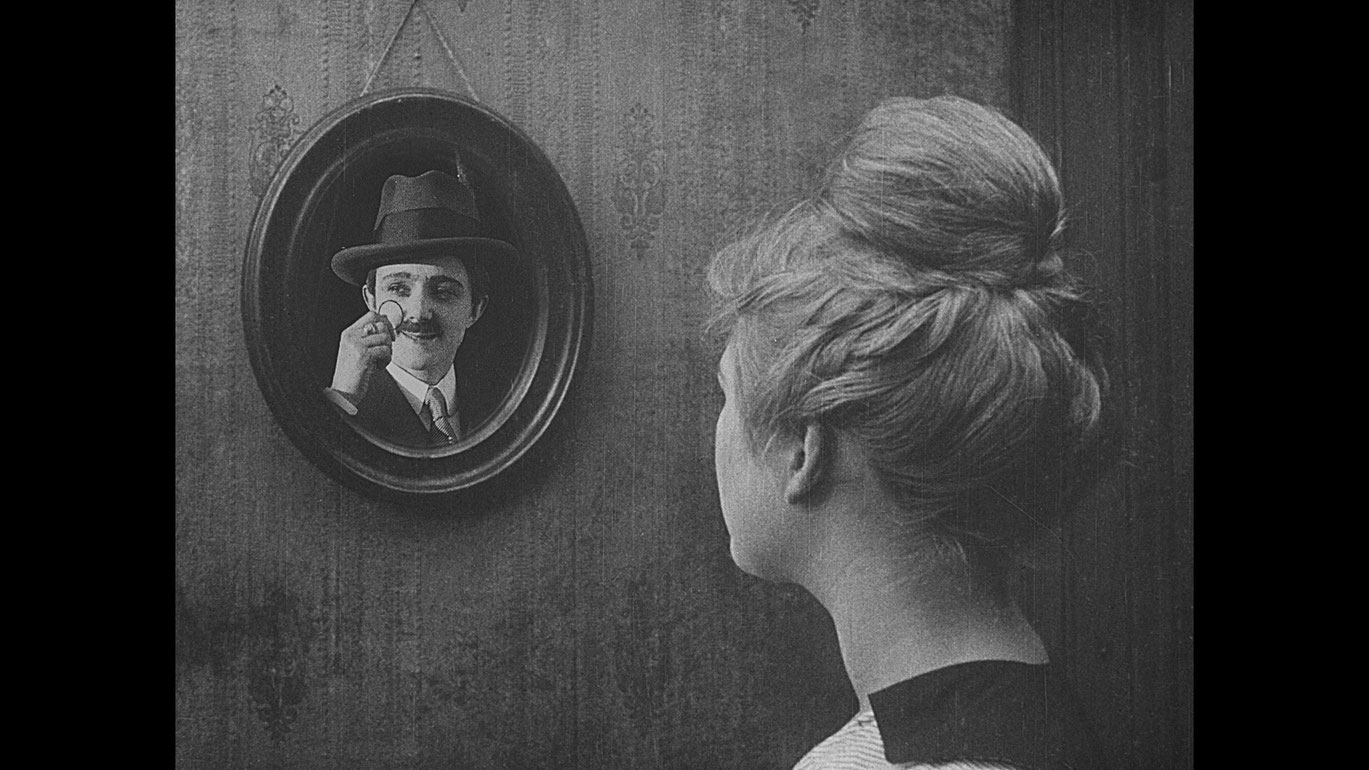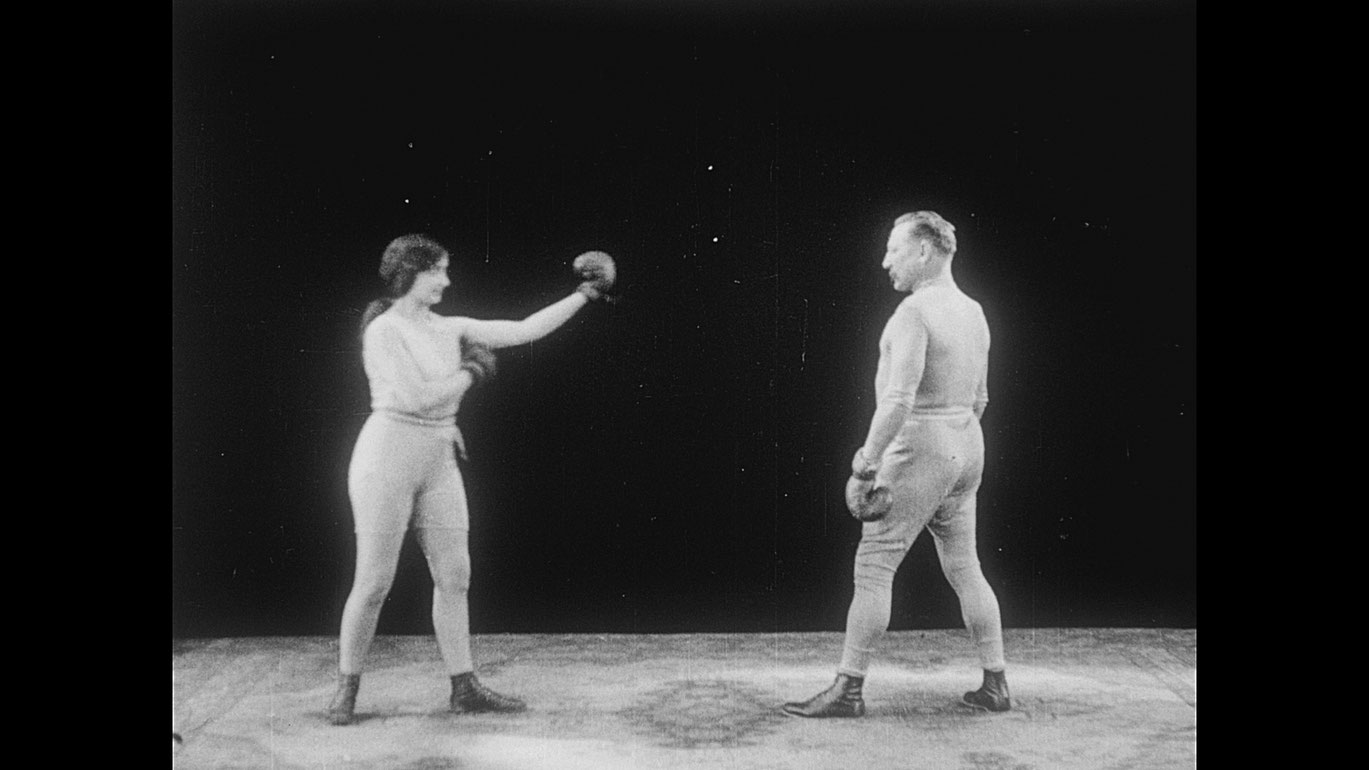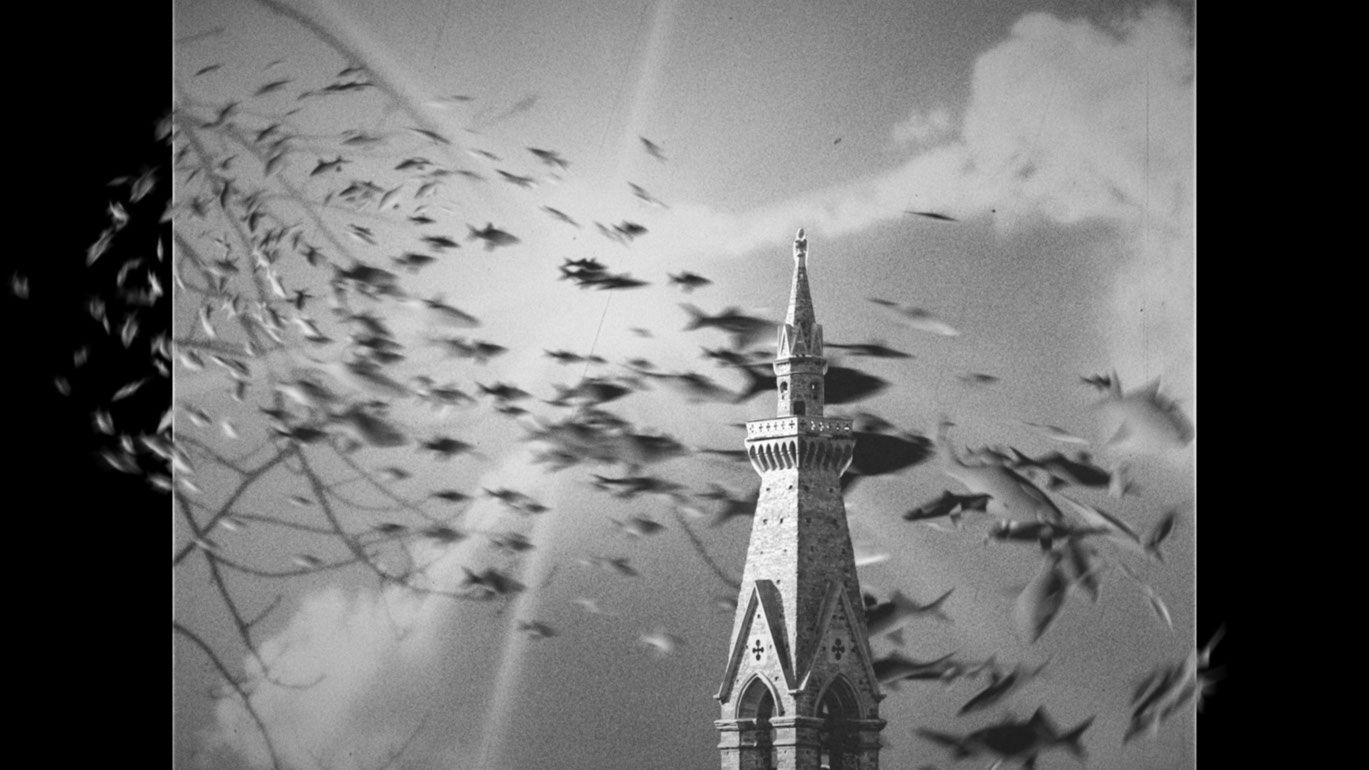Loving in Between
Between birth and death, is the power to love and live. Political rules, religious orders, social norms and cultural taboos control who we love and how we love. The right to love, is controlled and regulated by how we live. But the erotic has the power to emancipate.
With spoken word and archive sources, love is unboxed from categories in queer expression and a celebration of eros as the power to change our attitudes to life and to allow others to live their lives without judgment or prejudice.
Folks, I’m telling you,
birthing is hard,
and dying is mean–
so get yourself
a little loving
in between.
(Advice, Langston Hughes)
Jyoti Mistry’s final installment in her triptych draws its inspiration from Langston Hughes’s poem “Advice” and celebrates queer sexuality and loving. After dealing with the racialization of Black masculinity and racist violence (“When I Grow Up I Want To Be A Black Man”) and intersectional sexism and femicide (“Cause of Death”), Mistry now creates an optimistic, even happy and affirmative archival universe. Spanning nearly the entire 20th century, images from various European film archives (primarily Eye Film Museum Archive, Amsterdam) acquire a beautiful self-evident quality through Mistry’s deconstructive – queering – process. It is as though the inclusion of homosexual men and women and in-betweens, preserved in the institutionalized cultural memory of the moving image, were the most normal thing in the world. Mistry’s precise film dramaturgy traces arcs from volcanic eruptions to beach scenes (sex in the dunes), from sexual encounters in public toilets (cottaging and cruising) to forbidden kisses by cloistered nuns, from private parties and revelry on fur carpets to dancing in the boxing ring, ending with a final, wild Busby Berkeley-inspired musical cabaret number set to the 1928 jazz standard “Diga Diga Doo”. In addition, Mistry structures her meticulously edited, unabashedly tendentious film with digital animation elements – swarms of birds, fish, leaves, shells flying through the frame – as well as a text performed by Kgafela oa Magogodi and Napo Masheane, two spoken-word artists who developed the script in collaboration with the filmmaker. Following the work of Kara Keeling, we can read Mistry’s trilogy conclusion as recordings of queer times (past) that use new media and technology to create an exploration of “queer times, Black futures”. In doing so, it opens revitalized futures in which previously unthinkable imaginations can be conjured up. (Andrea B. Braidt)
(Translation: John Wojtowicz)
Loving in Between
2023
Austria, South Africa
18 min



